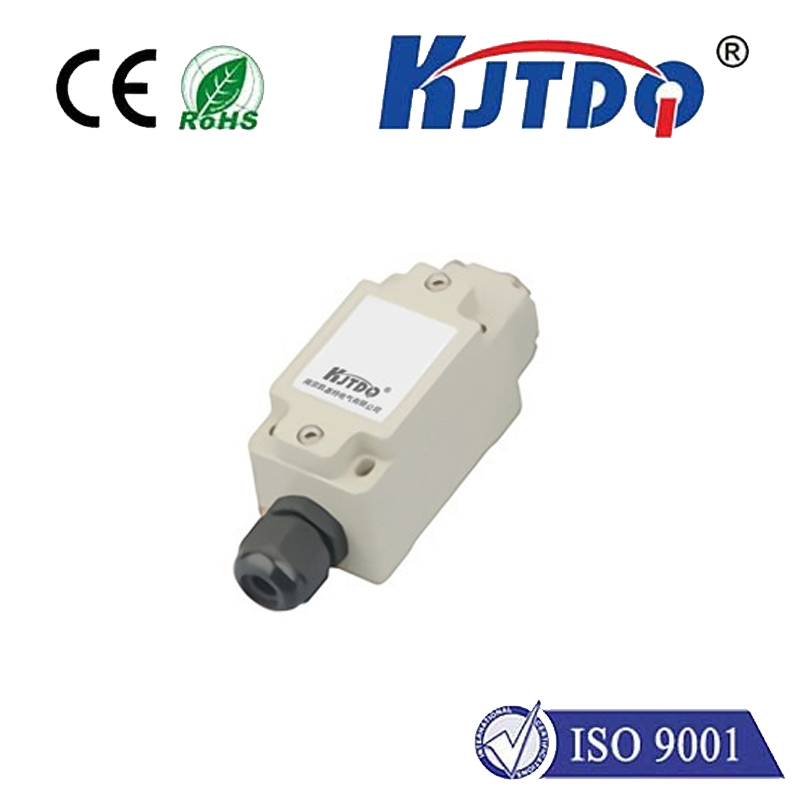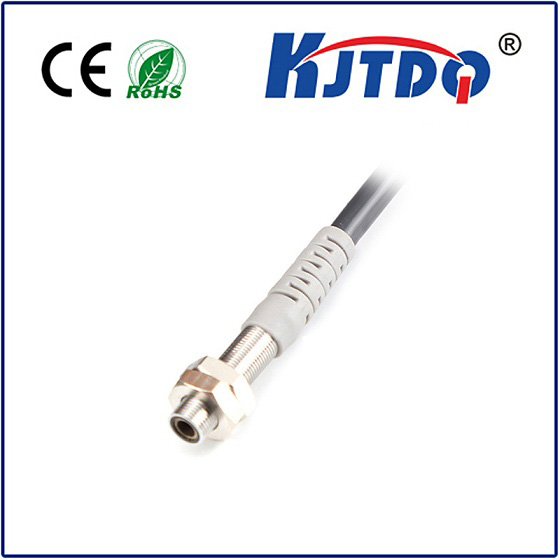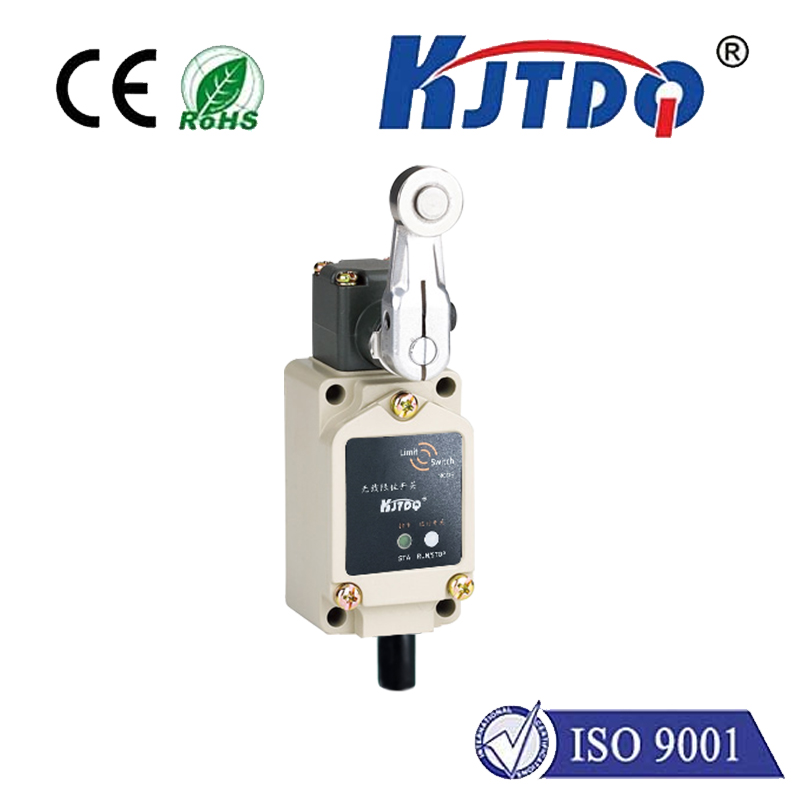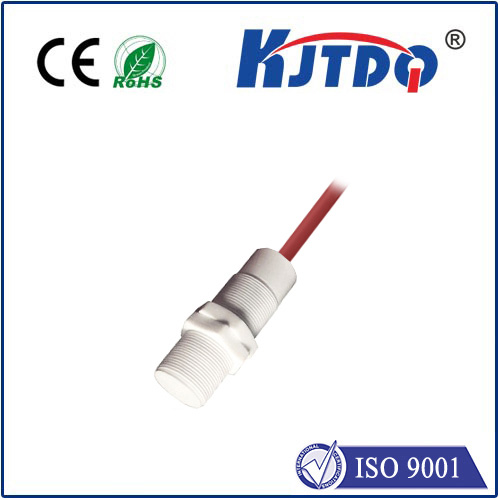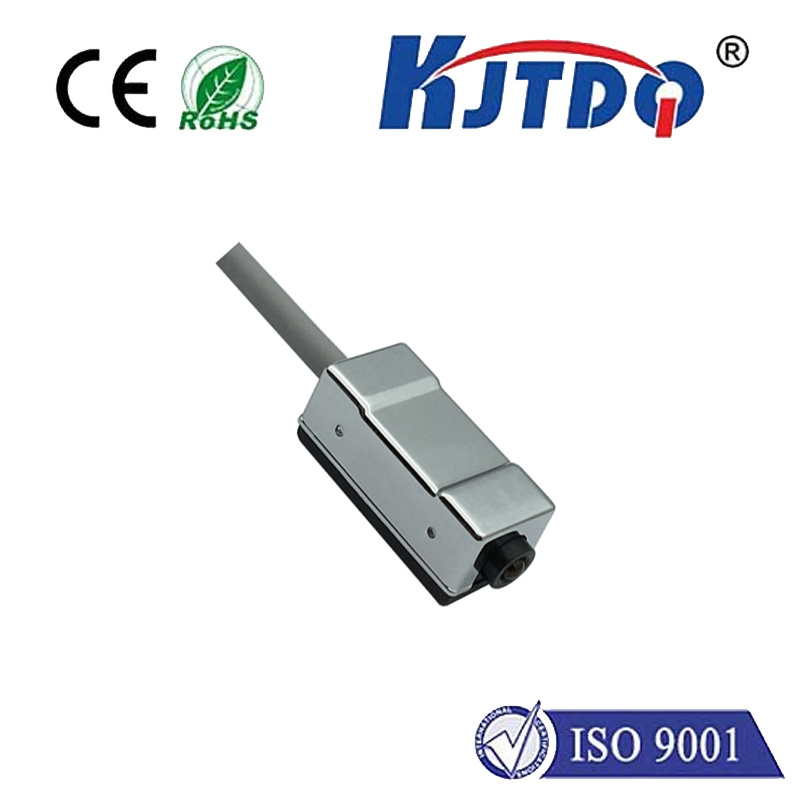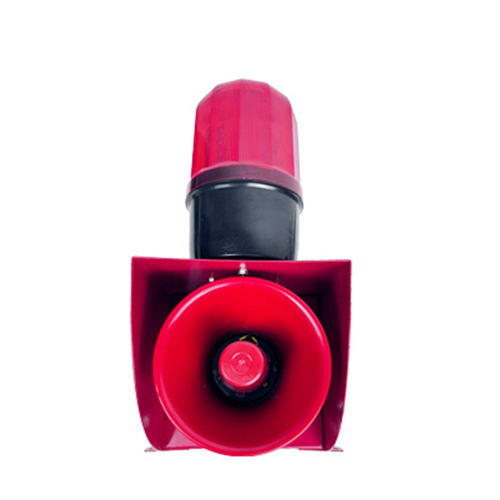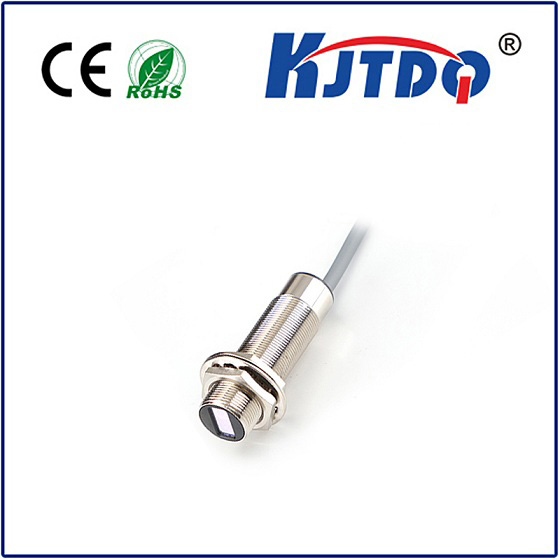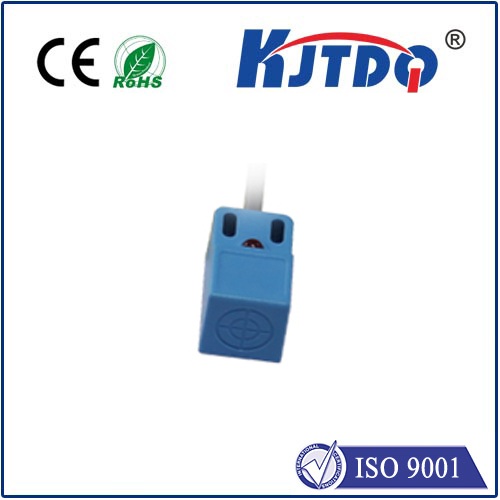измерение вибрации датчика приближения
- time:2025-06-24 00:35:47
- Нажмите:0
The Hidden Power of Proximity Sensors: Revolutionizing Vibration Measurement for Industrial Health
Imagine a critical turbine in a power plant. A subtle, abnormal vibration starts – the precursor to a catastrophic failure. Traditional monitoring might miss it… until it’s too late. Enter a surprisingly adept hero: the датчик приближения. While renowned for detecting object presence or position, its capability for precise vibration measurement is transforming predictive maintenance and machine health diagnostics.
Why Measure Vibration? It’s All About Machine Wellness
Vibration analysis isn’t just about detecting shakes; it’s the stethoscope for industrial machinery. Abnormal vibration patterns are often the earliest, most telltale signs of developing problems:
- Imbalance: Uneven mass distribution in rotating parts.
- Misalignment: Shafts or couplings not properly centered.
- Bearing Wear/Failure: Deteriorating rolling elements or races.
- Looseness: Bolts, couplings, or foundations coming loose.
- Resonance: Dangerous vibration amplification at specific speeds.
The Traditional Tool: Accelerometers (and Their Downsides)
For decades, piezoelectric accelerometers were the gold standard. Mounted directly onto machinery, they measure acceleration forces, which can be mathematically integrated to derive velocity and displacement (amplitude). However, they have limitations:
- Direct Mounting Requirement: Installation can be intrusive, difficult in confined spaces, or unsuitable for very hot surfaces.
- Mass Loading: The sensor’s own mass can alter the vibration characteristics of lightweight structures.
- Cabling Vulnerability: Connecting wires are susceptible to damage in harsh environments.
- High-Temperature Limitations: Standard models struggle with extreme heat common in turbines or engines.
Proximity Sensors: A Different Path to Vibration Data

Proximity sensors, primarily inductive (eddy current) or capacitive types, work differently. Instead of sensing force, they measure the relative distance (displacement) between the sensor tip and a conductive or dielectric target surface. By monitoring how this tiny air gap changes rapidly over time, they directly capture the displacement waveform of the vibrating target.
- Inductive Proximity Sensors: Generate an electromagnetic field. A vibrating conductive target (like a shaft) induces eddy currents that alter the field strength, which the sensor converts into a voltage proportional to the gap distance.
- Capacitive Proximity Sensors: Create an electrostatic field between the sensor and the target. Vibration changes the capacitance between them, and the sensor outputs a signal proportional to this changing capacitance (and hence, distance).
Key Advantages of Proximity Sensors for Vibration Measurement
This fundamental difference unlocks unique benefits:
- Non-Contact Measurement: The sensor does not touch the vibrating component. This eliminates mass loading effects and allows monitoring of delicate structures or extremely hot, hazardous, or fast-rotating surfaces where mounting an accelerometer is impractical or impossible.
- Direct Displacement Measurement: Provides a direct readout of the fundamental displacement parameter. While accelerometers measure acceleration (then integrate), proximity sensors give displacement directly (which can be differentiated to get velocity and acceleration if needed). Displacement is often crucial for assessing shaft relative motion within bearings.
- Robustness in Harsh Environments: Designed for industrial settings, they excel with high temperatures, oil, dust, and moisture, often surpassing standard accelerometers in durability without needing bulky cooling or protection.
- High Resolution: Capable of detecting minute changes in gap distance, down to microns, offering exceptional detail for precise analysis.
- Shaft Relative Motion: Especially valuable, they can measure the vibration of a shaft relative to its bearing housing – a critical indicator of bearing health and oil film stability that accelerometers mounted on the housing alone cannot directly provide.
How Does Proximity Sensor Vibration Measurement Work?
- Sensor Placement: The proximity probe is rigidly mounted near (but not touching) the target surface, typically observing a shaft at a right angle near a bearing housing. The calibrated gap (air gap) is set during installation.
- Target Vibration: As the target vibrates (e.g., a rotating shaft), its movement changes the distance to the probe tip.
- Signal Generation: The sensor continuously outputs an analog voltage (DC or AC-coupled) that is directly proportional to the instantaneous gap distance.
- Signal Conditioning & Analysis: This raw voltage signal is fed into a proximitor or conditioning module which provides power, demodulates the signal, and scales it accurately (e.g., volts/mil or volts/mm). This conditioned signal is then captured by a data acquisition system and vibration analyzer. The analyzer processes the displacement waveform to extract key parameters:
- Amplitude: Peak-to-peak or RMS displacement (often in microns or mils).
- Frequency: Identifying the dominant vibration frequencies through FFT (Fast Fourier Transform) analysis.
- Waveform: Viewing the raw displacement vs. time signal for pattern recognition.
Critical Calibration and Setup
Accuracy is paramount:
- Gap Setting: Establishing the correct DC bias gap during installation is crucial. The sensor operates linearly within a specific range around this point.
- Calibration: Proximity probe systems (probe + proximitor) are calibrated together to ensure precise volts-to-distance conversion. Dynamic calibration verifies their response to actual vibration frequencies.
- Target Material & Size: Inductive sensors require a specific conductive target material (usually ferrous steel) and sufficient target size for accurate results. Capacitive sensors work on conductive or dielectric materials.
Where Proximity Sensor Vibration Shines: Key Applications
- Rotating Machinery Monitoring: The gold standard for measuring shaft relative vibration in turbines, compressors, generators, large motors, and pumps. Essential for protecting sleeve and fluid film bearings.
- Condition Monitoring on High-Temperature Assets: Monitoring casings, pipes, or structures in extreme heat where accelerometers fail.
- Motor Air-Gap Monitoring: Detecting eccentricity or bearing wear causing stator-rotor proximity changes.
- Precision Spindle Runout: Ensuring minimal vibration in high-precision machining spindles.
- Structural Monitoring: Measuring low-frequency sway or vibration in large structures where displacement is the critical parameter.
- Conveyor Systems: Monitoring roller health and identifying misalignment or bearing issues.
Not a Complete Replacement: Understanding the Trade-offs
While powerful, proximity sensors aren’t the universal solution:
- Requires a Target: Needs a well-defined, suitably sized target surface within the sensing range.
- Lower Frequency Range: Typically excel at lower frequencies (
- Primarily Displacement: While velocity/acceleration can be derived, accelerometers provide more direct and often higher-fidelity measurement of those parameters, especially at higher frequencies.
- Installation Complexity: Precise mounting and gap setting are required.
The Crucial Role in Predictive Maintenance
By enabling continuous or periodic, highly accurate measurement of shaft relative motion and displacement vibration in challenging environments, proximity sensors deliver vital early-warning diagnostics. Integrating this data with other sources (like accelerometers on housings, temperature, process data) creates a comprehensive picture of machine health.
This robust, non-contact approach translates directly into reduced unplanned downtime, extended asset lifespan, optimized maintenance schedules, and significant cost savings. The silent hum of a well-tuned machine, monitored by the watchful eye of a proximity sensor, signifies more than just operation – it signifies reliability engineered into the future.

